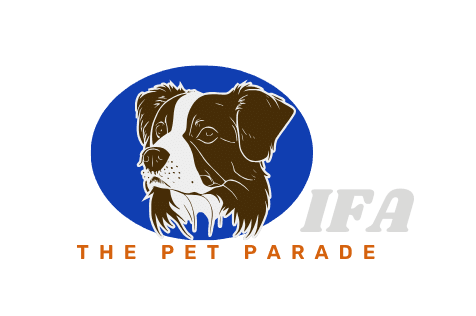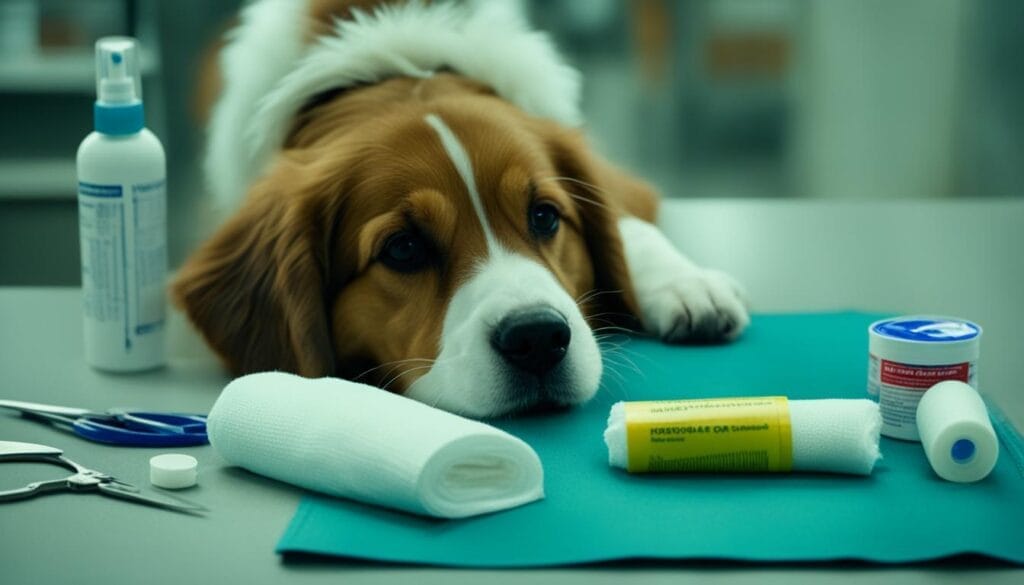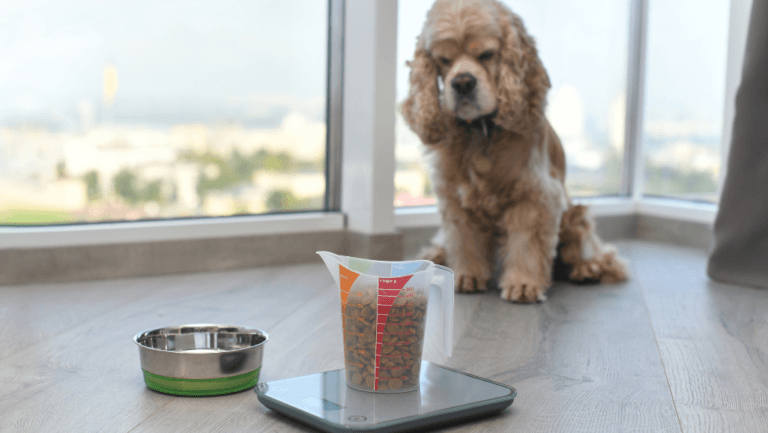Knowing how to properly care for your dog’s wounds is essential for their health and well-being. Whether it’s a minor scrape or a more serious injury, providing the right treatment, promoting healing, and preventing complications are key to ensuring your furry friend recovers quickly.
In this article, we will discuss the best practices for dog wound care, including when to seek veterinary attention, first aid tips, ongoing wound management, and more. By following these guidelines and being proactive in caring for your dog’s wounds, you can ensure their comfort and promote a speedy recovery.
Key Takeaways:
- Best Practices in Dog Wound Care for Optimal Health.
- Understanding the signs that require veterinary care for your dog’s wounds is crucial to prevent complications.
- Administering proper first aid, including cleaning the wound and preventing infection, is essential for initial wound care.
- Ongoing wound management, such as monitoring for signs of infection and preventing your dog from licking the wound, aids in successful healing.
- Creating a well-stocked dog first aid kit ensures you are prepared to provide prompt care in case of minor injuries or wounds.
- The decision between wound closure and open wound management should be made in consultation with a veterinarian, considering various factors.
When to Seek Veterinary Care for Dog Wounds
Not all wounds in dogs require immediate veterinary care, but it’s important to know when to seek professional help. Some wounds are more severe and require the expertise of a veterinarian to ensure proper treatment and healing. Here are some types of dog wounds that should be seen by a veterinarian:
- Dog bites or bites from other animals
- Skin torn away from the flesh
- Wounds with large objects lodged in them
- Injuries from car accidents or trauma
- Wounds around the eyes, head, or that cause breathing difficulties
If your dog has any of these types of wounds, it’s recommended to consult your vet promptly. Seeking veterinary care will help determine the severity of the wound and ensure appropriate treatment is provided. Remember, it’s always better to err on the side of caution when it comes to your dog’s health.
First Aid for Dog Wounds
Administering proper first aid to your dog’s wound is crucial to prevent infections and promote healing. Here are the essential steps:
- Muzzle your dog: Before initiating any first aid, it is important to muzzle your dog to prevent bites. This ensures your safety and allows you to provide the necessary care.
- Check for foreign objects: Carefully examine the wound for any foreign objects lodged inside. If you spot any, try to remove them gently. However, if the object is deeply embedded or removing it may cause further harm, it’s best to leave it to a veterinarian.
- Clean the wound: Use clean water or a pet-safe antiseptic solution to clean the wound. Avoid using harsh cleaners or caustic products that can irritate the wound. Cleaning helps remove any debris and reduces the risk of infection.
- Control bleeding: Apply gentle pressure to the wound using a clean towel or gauze pad to control bleeding. If the bleeding is severe or doesn’t stop, immediately seek veterinary assistance.
- Apply antibacterial ointment: Once the wound is clean and bleeding is under control, apply an antibacterial ointment to prevent infection. You can purchase pet-specific ointments from your local pet store or as recommended by your veterinarian.
- Cover the wound: Cover the wound with sterile gauze or bandages to protect it from further contamination. Ensure the bandage is snug but not too tight, as it should allow proper airflow for healing.
- Prevent licking: Dogs have a natural instinct to lick their wounds, which can introduce harmful bacteria. Consider using an Elizabethan collar (e-collar) to prevent your dog from licking the wound. This collar restricts the dog’s access to the wound area.
Properly administering first aid using these steps can help promote healing and reduce the risk of complications. Remember to consult your veterinarian for further guidance and follow-up care.
| Signs that indicate the need for veterinary care: | First Aid Tips |
|---|---|
| Dog bites or bites from other animals | Muzzle your dog before providing any aid to prevent further bites. |
| Skin torn away from the flesh | Control bleeding by applying pressure with a clean towel and seek veterinary attention. |
| Wounds with large objects lodged in them | If the object is deeply embedded, leave it to a veterinarian for safe removal. |
| Injuries from car accidents or trauma | Stabilize your dog and seek immediate veterinary care. |
| Wounds around the eyes, head, or that cause breathing difficulties | These are critical injuries that require immediate veterinary attention. |
Ongoing Wound Care for Dogs
After providing first aid, it is important to monitor the wound regularly for signs of infection and ensure proper healing. Clean the wound with water or a pet-safe antiseptic solution twice a day and look for any signs of inflammation, increasing redness, swelling, discharge, or a bad odor. If any of these signs occur, contact your veterinarian immediately. Keep your dog from licking the wound to prevent delays in healing. Continuous care and timely intervention are crucial for successful wound management.
Building a Dog First Aid Kit
Having a well-stocked dog first aid kit is essential for prompt and effective wound care. When your furry friend gets injured, having the necessary supplies readily available can make a significant difference in their treatment and recovery. Whether it’s a minor scrape or a more serious wound, being prepared allows you to provide immediate care and potentially prevent further complications.
Essential Items for a Dog First Aid Kit
To ensure you have the necessary tools at hand, here are some essential items to include in your dog first aid kit:
- Muzzle: A muzzle helps keep both you and your dog safe during wound care or if they’re in pain.
- Soap or Cleaning Solution: Use a mild soap or pet-friendly cleaning solution to cleanse the wound and remove dirt or debris.
- Pet Antiseptic Solution: An antiseptic solution designed for pets helps prevent infection and promotes healing.
- Antimicrobial Ointment: Apply an antimicrobial ointment to the wound to further prevent infection.
- Sterile Bandages: Sterile bandages are essential for covering and protecting the wound.
- Self-Adhesive Bandages: Self-adhesive bandages are convenient for securing dressings on limbs and joints.
- Bandage Scissors: These specially designed scissors make it easier to trim bandages and gauze to the appropriate size.
- Tweezers: Tweezers can be used to remove small foreign objects from the wound.
- Spray Bottle: A spray bottle with clean water can aid in flushing out debris from the wound.
- Clean Towels or Rags: Keep clean towels or rags on hand to dry the wound or clean up any excess fluids.
By having these essential items in your dog first aid kit, you’ll be well-prepared to provide immediate care and ensure the well-being of your furry companion. Remember to regularly check and replace any expired or used items to maintain the effectiveness of your first aid kit.
Wound Closure vs. Open Wound Management
Deciding whether to close a wound or manage it as an open wound depends on various factors. Different approaches to wound closure, such as primary closure, delayed primary closure, and secondary closure, are determined based on the degree of contamination, the presence of foreign objects, and the overall condition of the wound.
Open wound management, on the other hand, allows for healing through contraction and epithelialization, which can be beneficial for certain types of wounds. This approach promotes natural healing processes and reduces the risk of infection.
However, the decision to close a wound or keep it open should always be made in consultation with a veterinarian. They will assess the individual circumstances of the wound and recommend the most appropriate course of action for effective wound care.
When to Consider Wound Closure:
- Clean wounds with minimal contamination
- Wounds that are free of foreign objects
- Shallow wounds with well-approximated edges
When Open Wound Management is Preferred:
- Contaminated or infected wounds
- Wounds with facial involvement or close to vital structures
- Large, complex wounds with tissue loss
| Wound Closure | Open Wound Management |
|---|---|
By carefully considering the characteristics of the wound and seeking professional advice, you can ensure the best possible outcome for your dog’s wound care. Remember that proper management is essential for promoting healing, preventing complications, and ensuring your dog’s overall well-being.
Conclusion
Proper wound care for dogs is essential to ensure their overall health and well-being. By understanding when to seek veterinary care, providing first aid, and implementing ongoing wound management, you can support successful wound healing in your furry companion.
Building a well-stocked dog first aid kit is a proactive step that can help you provide immediate care for minor injuries or wounds. Including items such as a muzzle, cleaning solution, antiseptic solution, bandages, tweezers, and scissors in your kit will ensure you are prepared for any situation.
Additionally, it’s important to recognize that different wounds may require different approaches to wound closure. Consulting with your veterinarian can help you determine whether primary closure, delayed primary closure, or open wound management is the most appropriate course of action for your dog’s specific wound.
Remember, while you play a vital role in your dog’s wound care, always consult with your veterinarian for proper diagnosis and treatment. Your veterinarian’s expertise will ensure that your dog receives the best possible care to support their healing process.




















